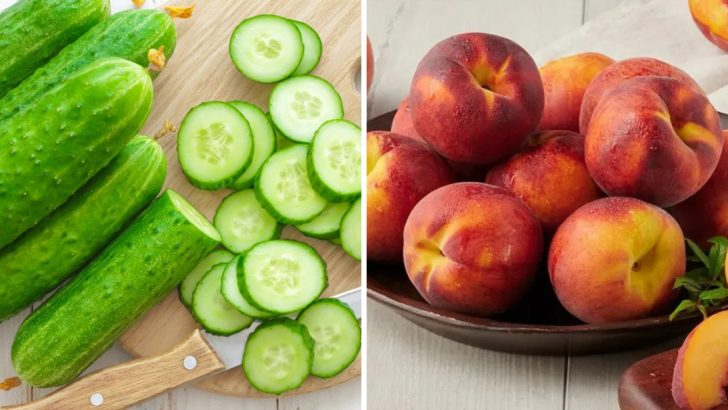Remember biting into a juicy strawberry that exploded with sweetness or a tomato so flavorful it needed nothing but salt? If you’ve noticed your produce lacks the punch it once had, you’re not imagining things.
Modern farming practices, selective breeding for appearance and shelf life, and changing climate conditions have dramatically altered how our fruits and vegetables taste compared to what previous generations enjoyed.
1. Strawberries

Gone are the days when strawberries delivered that perfect sweet-tart punch that made your taste buds dance. Today’s commercial varieties have been bred for size, color, and shipping durability—sacrificing flavor along the way.
Most modern strawberries contain more water and less sugar than their ancestors. The berries your grandparents enjoyed were smaller but packed with complex aromatics that created that unmistakable strawberry essence.
2. Tomatoes
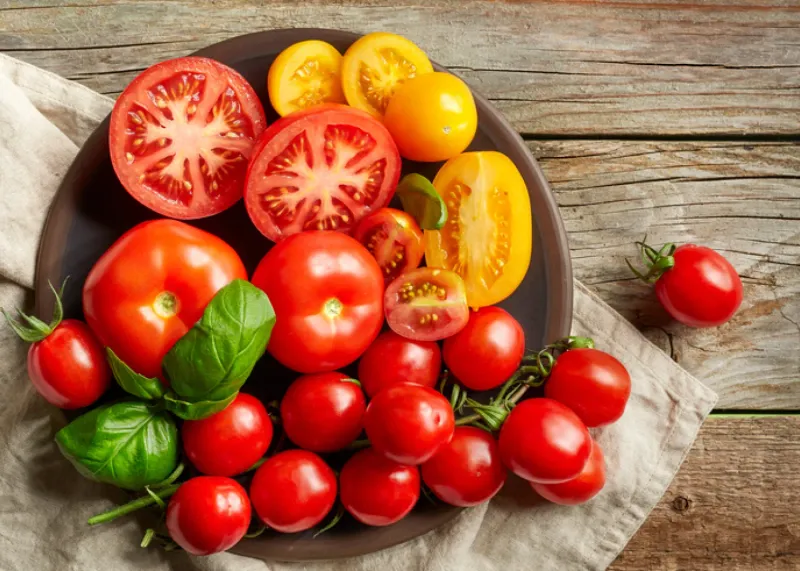
Supermarket tomatoes might as well be red water balloons compared to their ancestors! The infamous ‘cardboard tomato’ phenomenon happened when breeders accidentally disabled the genes responsible for sugar production while trying to create perfectly round, red fruits that ripen uniformly.
Garden-grown heirloom tomatoes burst with umami richness and sweet-acid balance that makes store-bought varieties taste like distant, flavorless cousins. Old-timers recall slicing tomatoes so juicy and flavorful they needed nothing but salt.
3. Bananas
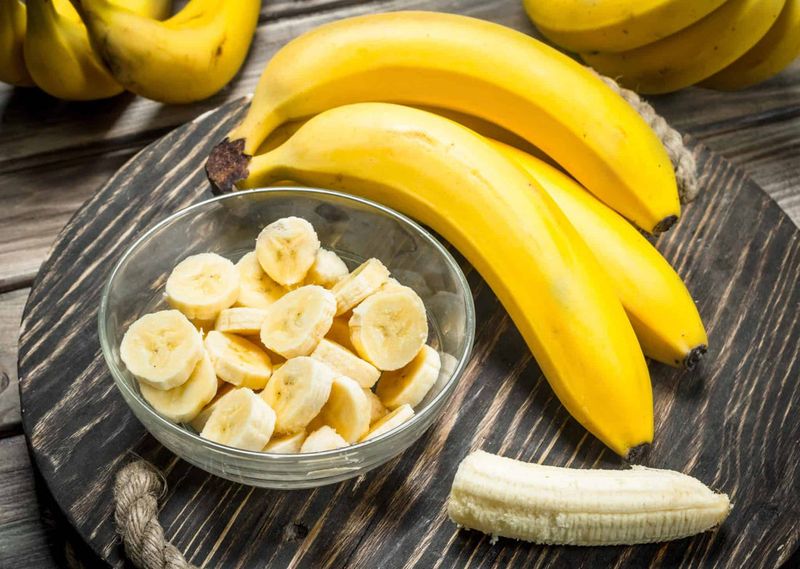
Shocking banana truth: The yellow Cavendish bananas stacked in your grocery store taste nothing like the bananas your grandparents enjoyed! Before the 1960s, Americans ate Gros Michel bananas—sweeter, creamier, and with a hint of artificial banana candy flavor.
When Panama disease wiped out commercial Gros Michel plantations, growers switched to the disease-resistant but less flavorful Cavendish variety we eat today. That’s why artificial banana flavoring tastes nothing like modern bananas—it was modeled after the now-rare Gros Michel.
4. Carrots
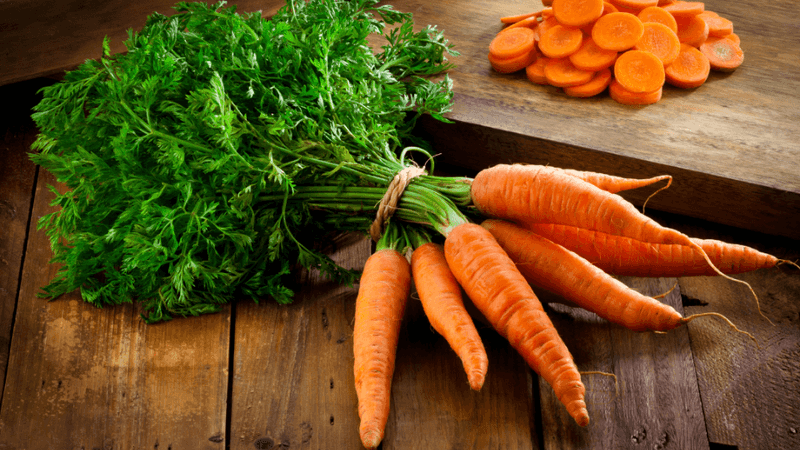
Crunch into a modern carrot and you might wonder why people bothered to eat them in the first place. Today’s mass-produced carrots offer visual appeal but lack the intense sweetness and complex earthy notes that once made them a coveted vegetable.
Older varieties contained higher concentrations of terpenoids—compounds that give carrots their distinctive flavor profile. Modern breeding has diluted these compounds while focusing on uniform shape, color, and disease resistance.
5. Watermelons
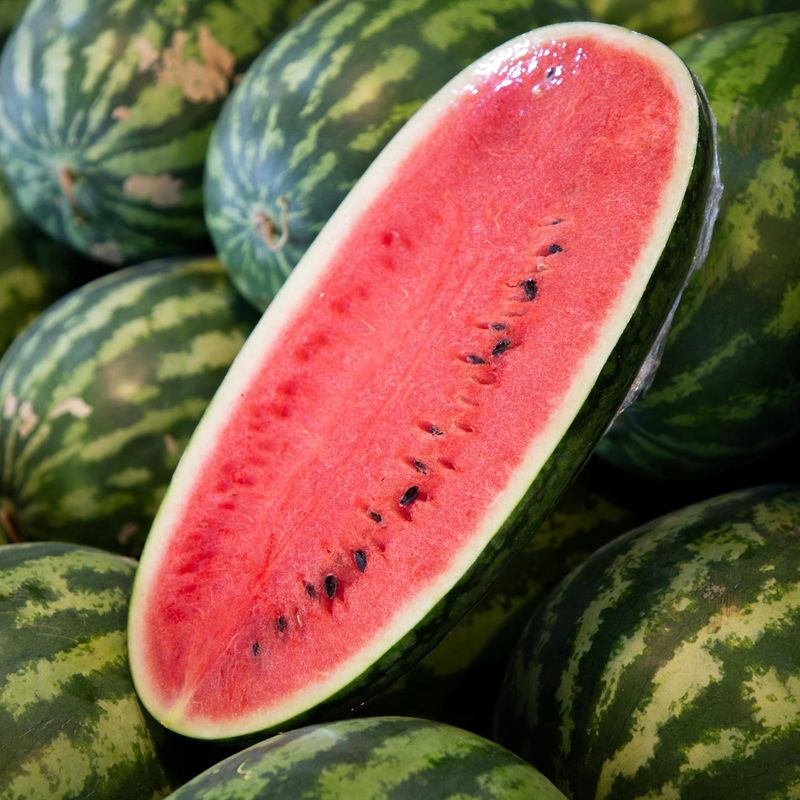
Crack open a watermelon today and you might get refreshing hydration, but where’s that intense sweetness that once left juice dripping down your chin? Historical paintings from the 17th century show watermelons with deep red flesh and concentrated flavor pockets—a stark contrast to today’s uniformly pink varieties.
Modern watermelons have been bred for seedlessness, consistent texture, and shipping durability. The result? Diluted flavor and reduced sugar content compared to their ancestors.
6. Apples

Red Delicious apples should be sued for false advertising! Once actually delicious when introduced in the 1880s, this iconic apple has become the poster child for flavor deterioration. Decades of selecting for deeper red color and shelf life transformed a once-crisp, flavorful fruit into a mealy, thick-skinned disappointment.
The original Red Delicious offered a balance of sweetness and subtle tartness with aromatic notes. Today’s version delivers mostly bland sweetness with texture issues that have driven consumers toward newer varieties.
7. Sweet Corn
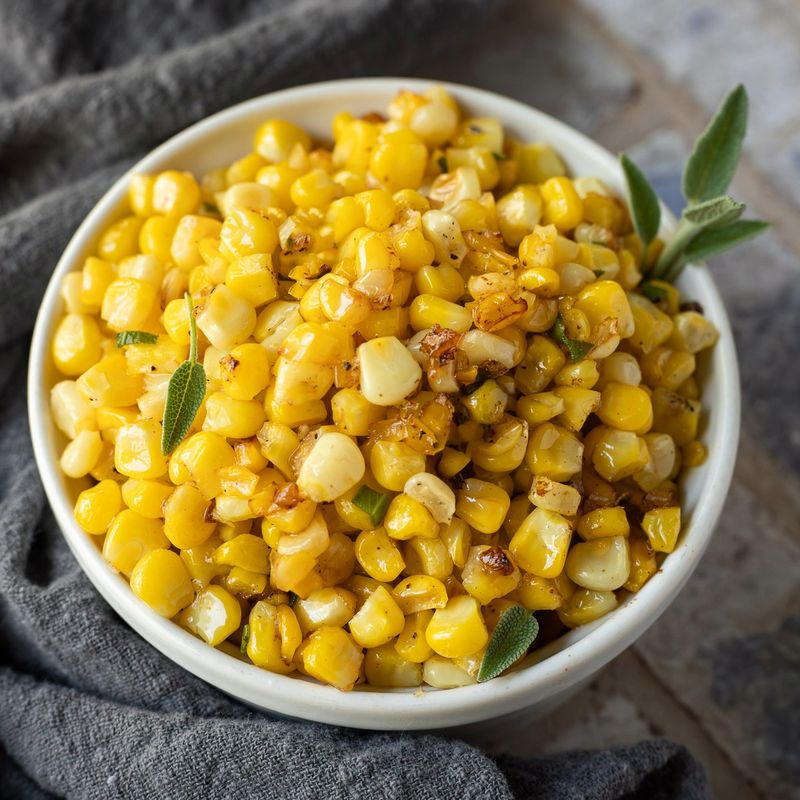
Fresh-picked sweet corn used to be so naturally sugary that old-timers joke they’d start the cooking water before picking the ears—because every minute after harvest, those natural sugars converted to bland starch. Modern supermarket corn barely resembles this fleeting summer treasure.
Today’s varieties have been genetically modified to convert sugar to starch much more slowly (called “supersweet” varieties), creating corn that stays sweeter longer but lacks the complex, creamy corn flavor that once made this vegetable special.
8. Cucumbers
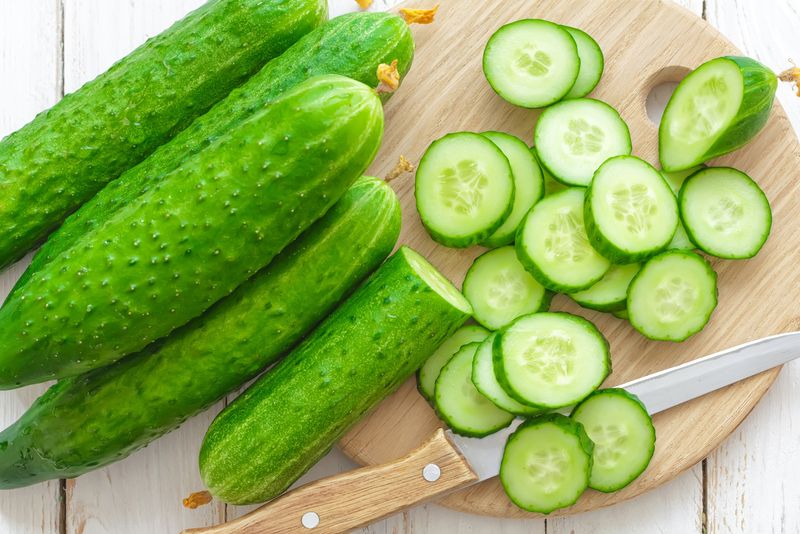
Bite into an old-fashioned cucumber and you’d experience a revelation—crisp, juicy flesh with a distinctive aroma and subtle sweetness that made them perfect for eating straight from the garden. What happened to that cucumber magic?
Commercial varieties now grow in perfectly straight, uniform cylinders with thicker, often waxed skins that mask what little flavor remains. The compounds that created cucumber’s signature taste and aroma have been bred out in favor of appearance, shelf life, and bitterness reduction.
9. Peaches
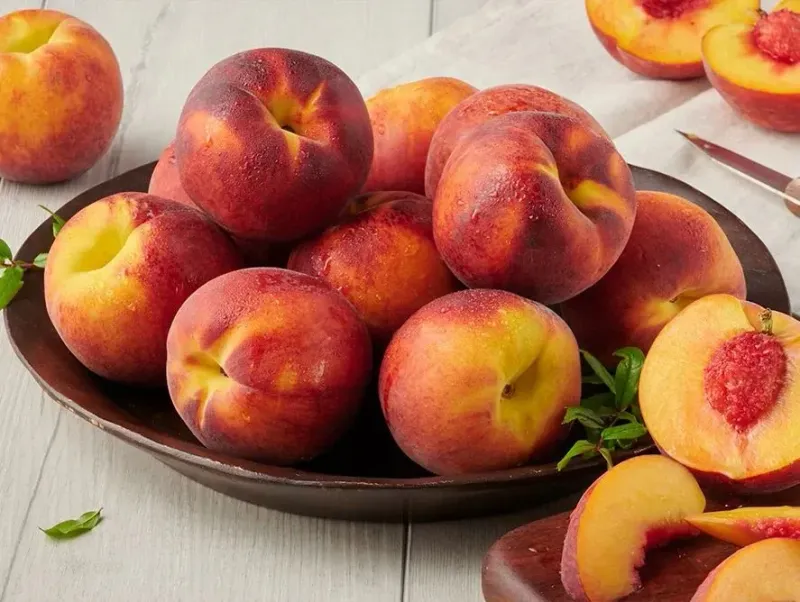
Peach lovers from previous generations describe an almost religious experience—biting into a sun-warmed peach so juicy it required leaning over to avoid soaking your shirt, with fragrance so intense you could smell it from feet away. Try finding that experience in today’s rock-hard supermarket offerings!
Modern peaches have been bred for shipping durability and visual appeal, creating varieties that can be harvested while still hard and ripened artificially. The result lacks the complex floral notes and intense sweetness of tree-ripened heritage peaches.
10. Cantaloupe
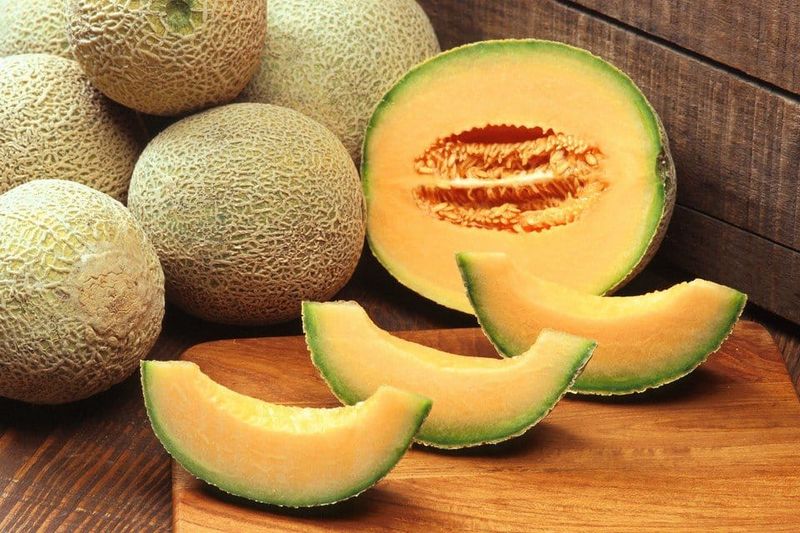
Summer mornings once featured cantaloupes so fragrant they’d perfume entire kitchens—with orange flesh so sweet and juicy it seemed almost candied. Today’s pale orange, barely-scented supermarket versions make us wonder if we imagined those melons of yesteryear.
Commercial cantaloupe production now focuses on thick rinds that resist damage during shipping and varieties that can be harvested unripe. These melons never develop the sugar content or aromatic compounds that once made cantaloupe a summer breakfast staple.
11. Green Beans
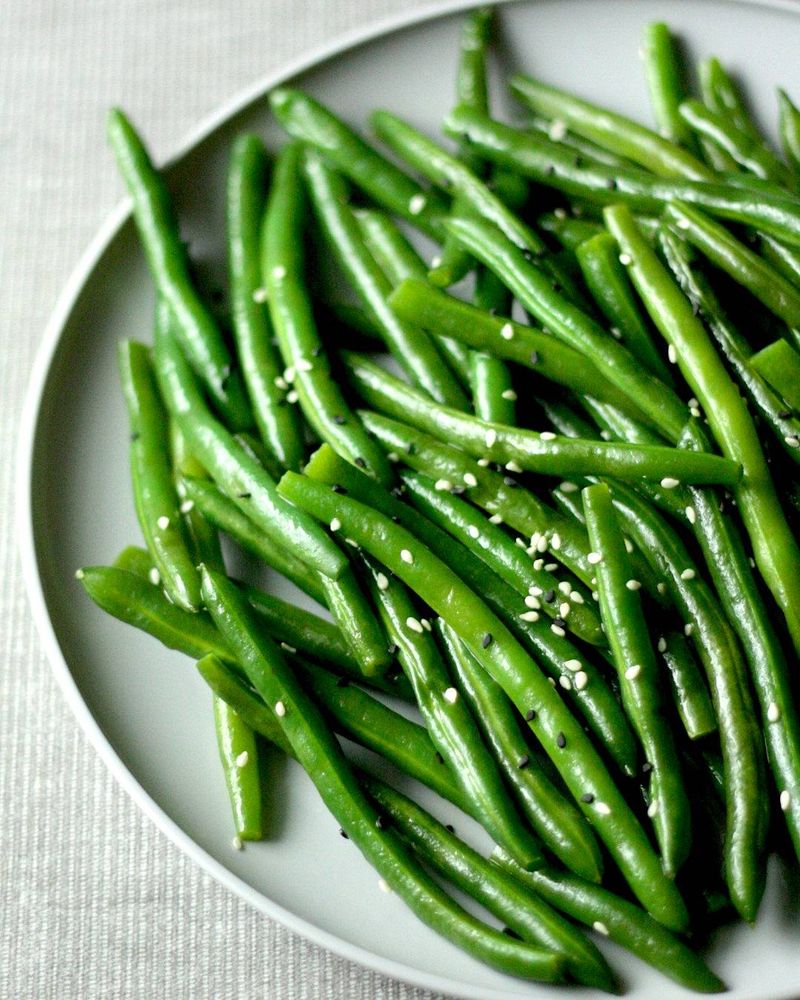
Green beans used to pack so much flavor that simple preparation—steamed with butter and salt—created a vegetable dish people actually craved. What happened to that distinctive, grassy-sweet green bean taste?
Modern varieties have been bred for perfectly straight pods with minimal strings and uniform size. These qualities make mechanical harvesting easier but have inadvertently reduced flavor compounds and altered texture.
12. Broccoli

Broccoli wasn’t always the vegetable children refused to eat! Older varieties offered a delicate balance of sweetness and pleasant bitterness that made them appealing even to young palates when properly prepared.
Today’s commercial broccoli has been bred for uniform heads, longer shelf life, and pest resistance. These changes have increased its bitter compounds while reducing the counterbalancing sweetness that once made broccoli more palatable.

